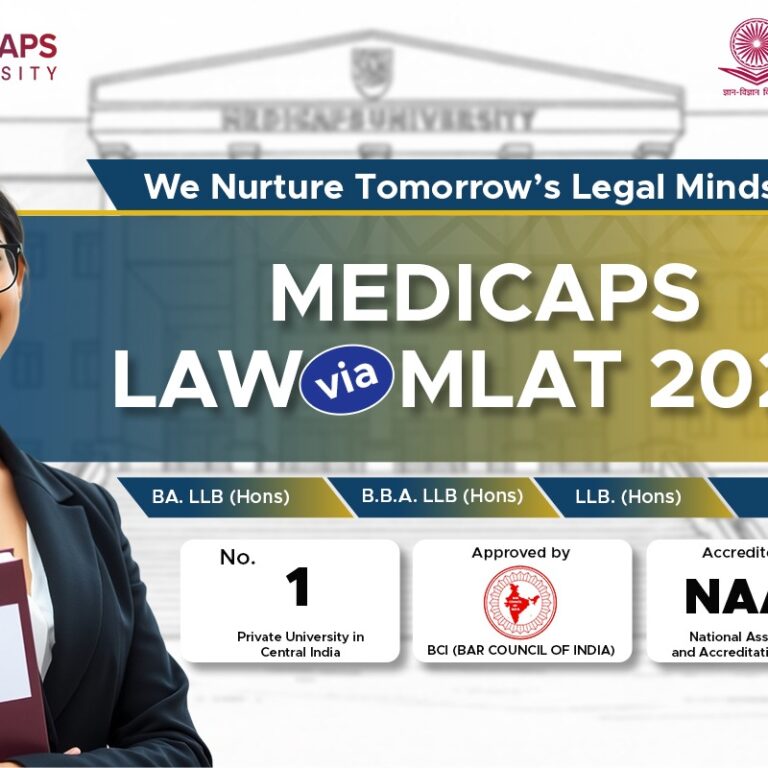How Do I Approach Questions Where I’m Stuck Between Two Answers?

Getting stuck between two answer choices is a common challenge in competitive exams like CLAT. It can be frustrating and time-consuming, especially when both options seem plausible. However, with the right strategies, you can tackle these situations confidently and make informed decisions. Here’s how to approach such questions effectively:
1. Revisit the Question Carefully
When stuck between two answers, the first step is to re-read the question carefully. Ensure you understand exactly what is being asked:
- Pay attention to keywords like except, not, or most likely, as they can change the context of the question.
- Look for clues in the phrasing that might point to a specific answer.
Sometimes, a second look at the question can clarify its intent and make one option stand out.
2. Break Down the Options
Analyse the two answer choices in detail:
- Compare them side by side and identify the differences.
- Check which option aligns more closely with the information given in the question or passage.
- Rule out any answer that introduces extra information or assumptions not supported by the question.
This logical comparison can often highlight which option is better.
3. Eliminate Emotional Bias
Avoid overthinking or letting your gut feelings dictate your choice without evidence. Emotional bias, such as favouring an option because it “feels right,” can lead to mistakes. Focus on facts and reasoning instead:
- Ask yourself, Is this answer directly supported by the passage, or am I assuming something?
- Choose the option with clearer, more objective support.
4. Look for Contradictions or Extremes
When two answers seem equally correct, check if one is more extreme or absolute than the other:
- Words like always, never, only, or must are often too rigid and may not fit subtle reasoning questions.
- Opt for answers that are more balanced, nuanced, or conditional, as they are more likely to be correct.
5. Apply the Process of Elimination
Even when stuck, the process of elimination can be a powerful tool:
- Rule out any option that conflicts with the information provided.
- If both options seem plausible, look for subtle errors or inconsistencies in one of them.
- Eliminate the option that relies on extra assumptions or less likely scenarios.
By narrowing down the choices logically, you increase the likelihood of selecting the correct answer.
6. Use Context Clues
In questions related to reading comprehension, logical reasoning, or legal principles, context is key. Revisit the surrounding text or passage to find supporting evidence for each option:
- Check if one option aligns better with the tone, argument, or conclusion of the passage.
- Look for specific phrases or keywords in the passage that match one of the choices.
Context clues often reveal which option is more accurate.
7. Consider the Question Type
Different question types require different approaches:
- Inference Questions: Look for the answer that can be directly drawn from the text, not one that goes beyond the given information.
- Strengthening/Weakening Questions: Choose the option that has the strongest or most direct impact on the argument.
- Fact-Based Questions: Pick the option that aligns perfectly with the facts provided, avoiding extrapolation.
Understanding the specific requirements of the question type helps you evaluate the choices more effectively.
8. Watch for “Too Good to Be True” Answers
In many cases, one of the two options might appear overly simplistic, definitive, or overly appealing. Be cautious with answers that:
- Sound perfect but don’t fully align with the question.
- Rely on generalisations that don’t fit the specific scenario.
Choose the option that matches the complexity and nuance of the question.
9. Use the “Test Both” Method
When stuck, mentally test both answers by inserting them into the question or scenario:
- Ask yourself, If this is true, does it satisfy the question fully?
- Repeat the process for the other option.
- Select the one that feels like the best fit after this test.
Testing both options helps you eliminate doubts and make a reasoned choice.
10. Skip and Return Later
If neither option feels right after careful consideration, don’t waste too much time. Mark the question, move on, and return to it later if time permits:
- Revisiting the question with a fresh perspective may make one option more obvious.
- The confidence you gain from answering other questions can help you approach the stuck question with a clearer mind.
11. Use Your Preparation and Practice
Trust your preparation. If you’ve studied well and practised similar questions, rely on your instincts based on reasoning skills and patterns from mock tests. Often, your preparation will guide you toward the right answer when two choices seem equally valid.
12. Handle Negative Marking Wisely
If your exam has negative marking, weigh the risks of guessing:
- If you can eliminate one of the two choices confidently, go ahead and answer.
- If both options seem equally likely and there’s no clear way to decide, it may be better to skip the question.
Balancing risk and reward is crucial in such scenarios.
Conclusion
Approaching questions where you’re stuck between two answers requires careful analysis, logical thinking, and strategic decision-making. By revisiting the question, breaking down options, eliminating extremes, and testing both choices, you can narrow your decision to the most accurate answer. Above all, trust your preparation and don’t let overthinking consume valuable exam time. With practice and a clear approach, you can confidently handle even the trickiest questions!
Calling all law aspirants!
Are you exhausted from constantly searching for study materials and question banks? Worry not!
With over 15,000 students already engaged, you definitely don't want to be left out.
Become a member of the most vibrant law aspirants community out there!
It’s FREE! Hurry!
Join our WhatsApp Groups (Click Here) and Telegram Channel (Click Here) today, and receive instant notifications.





